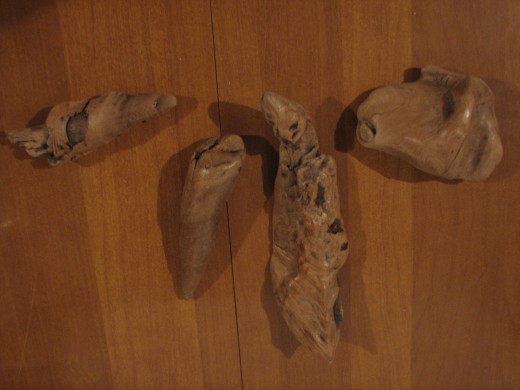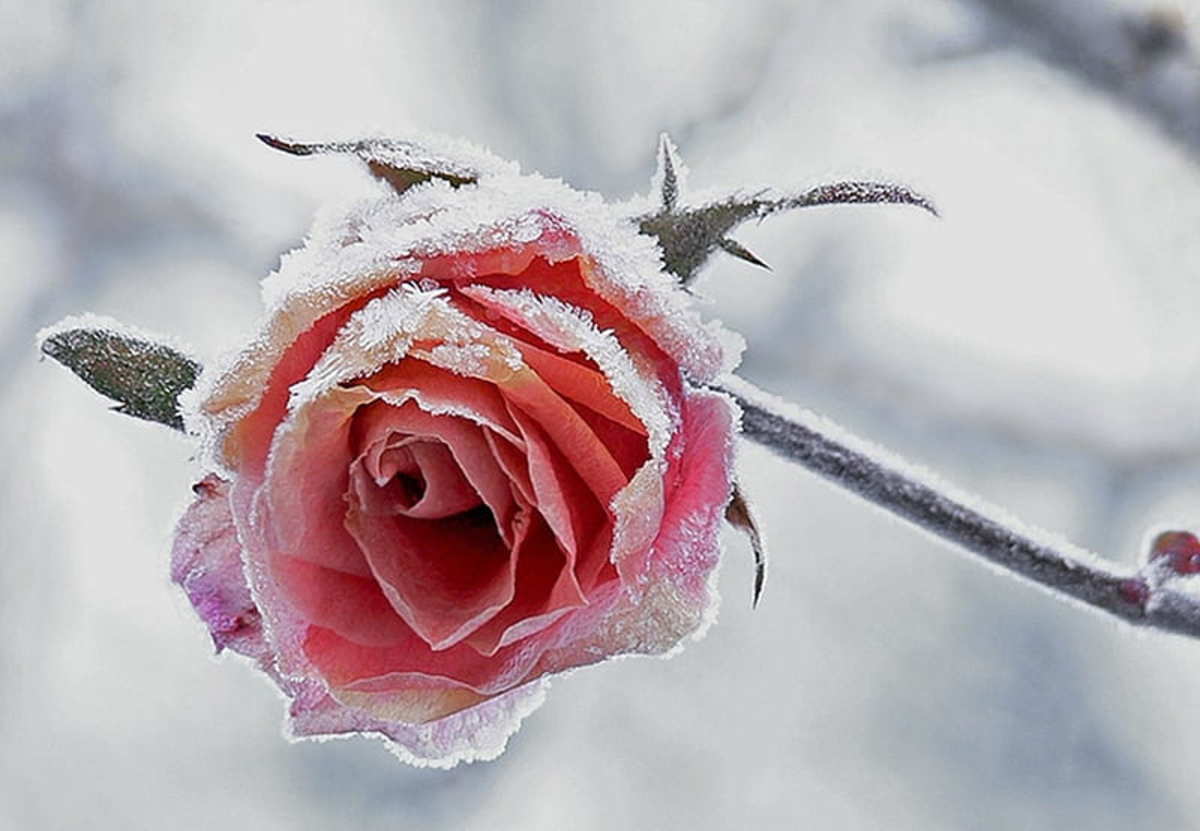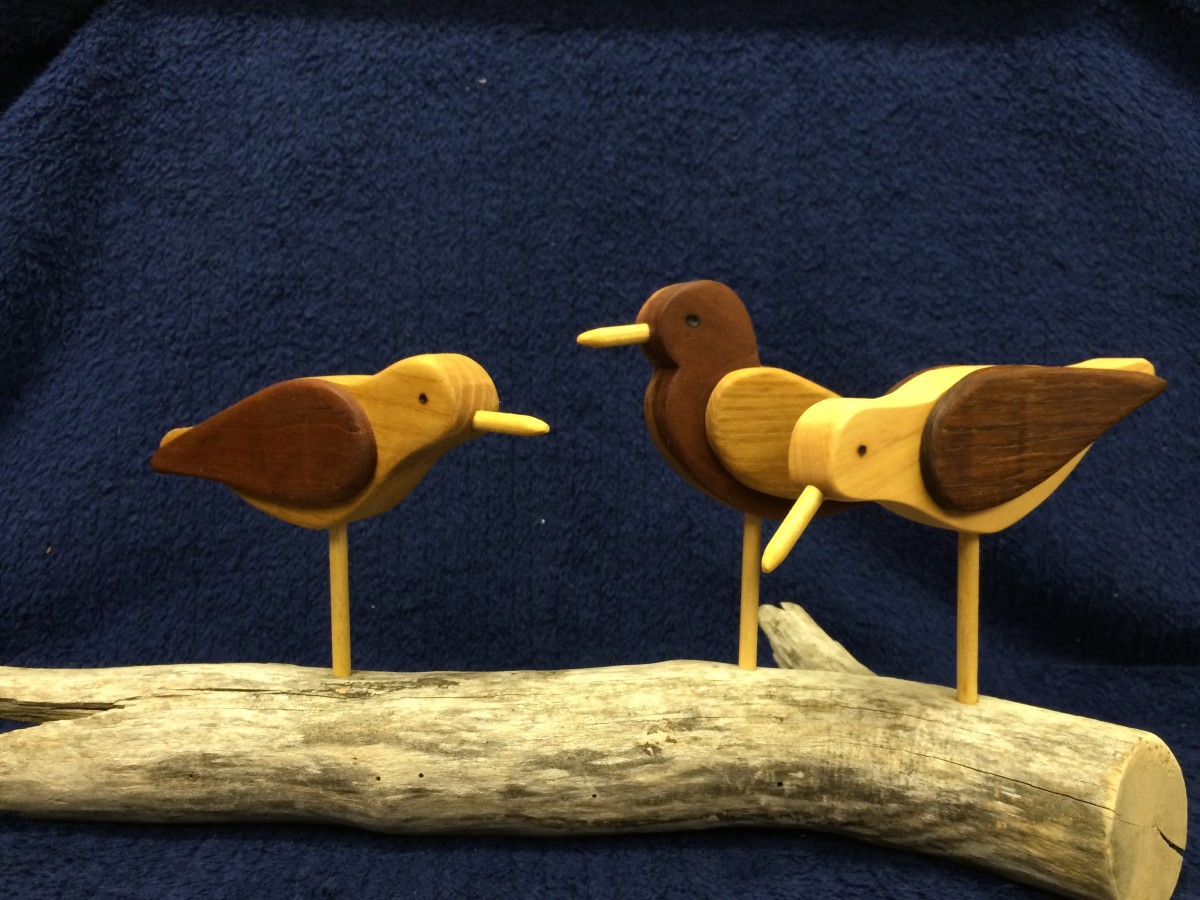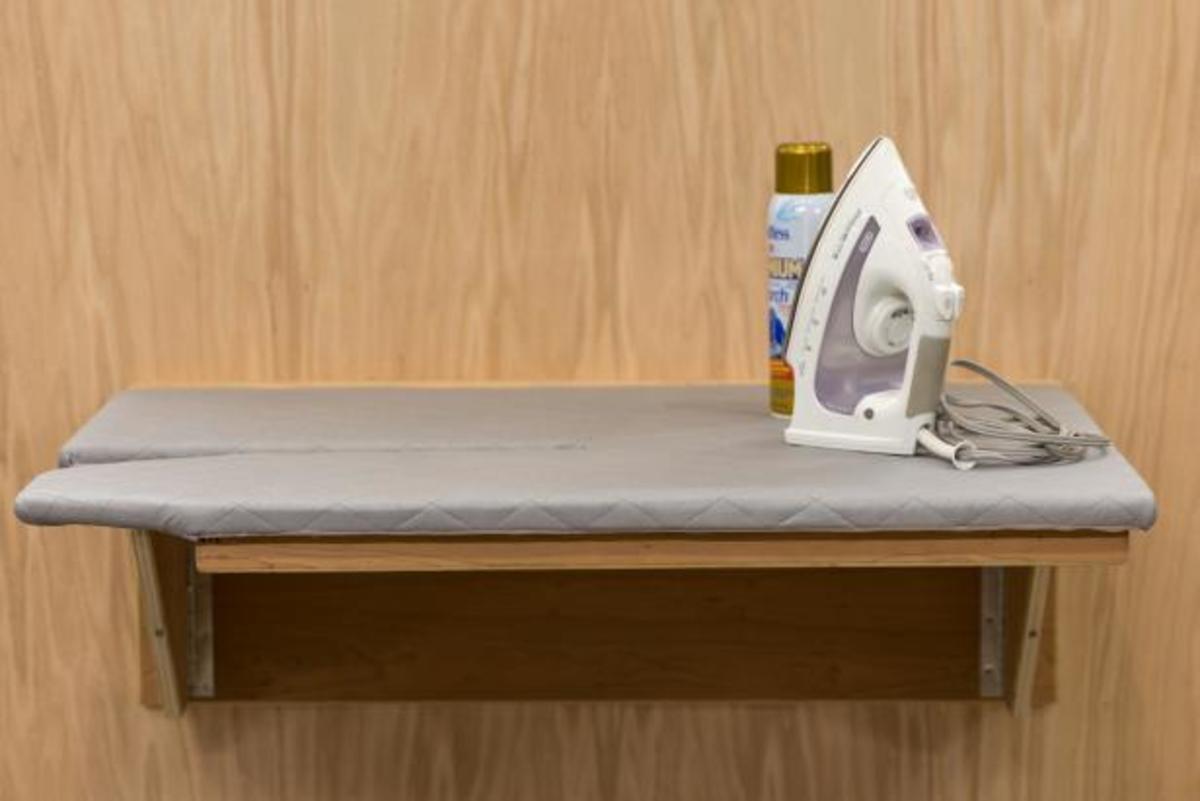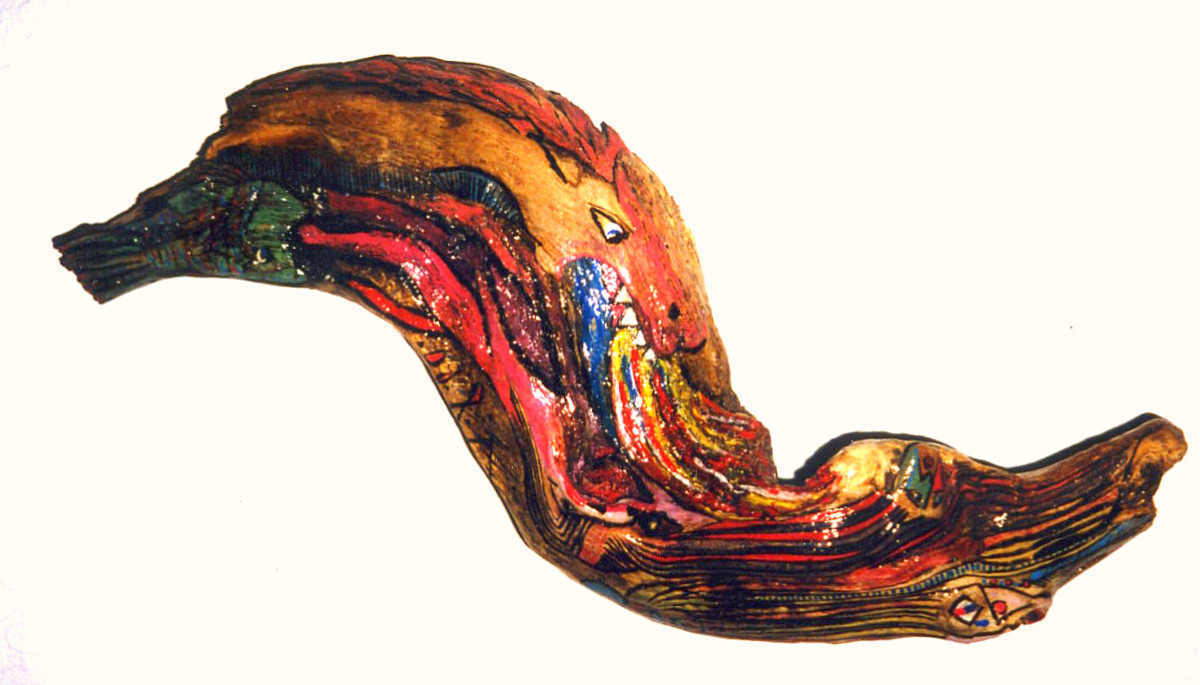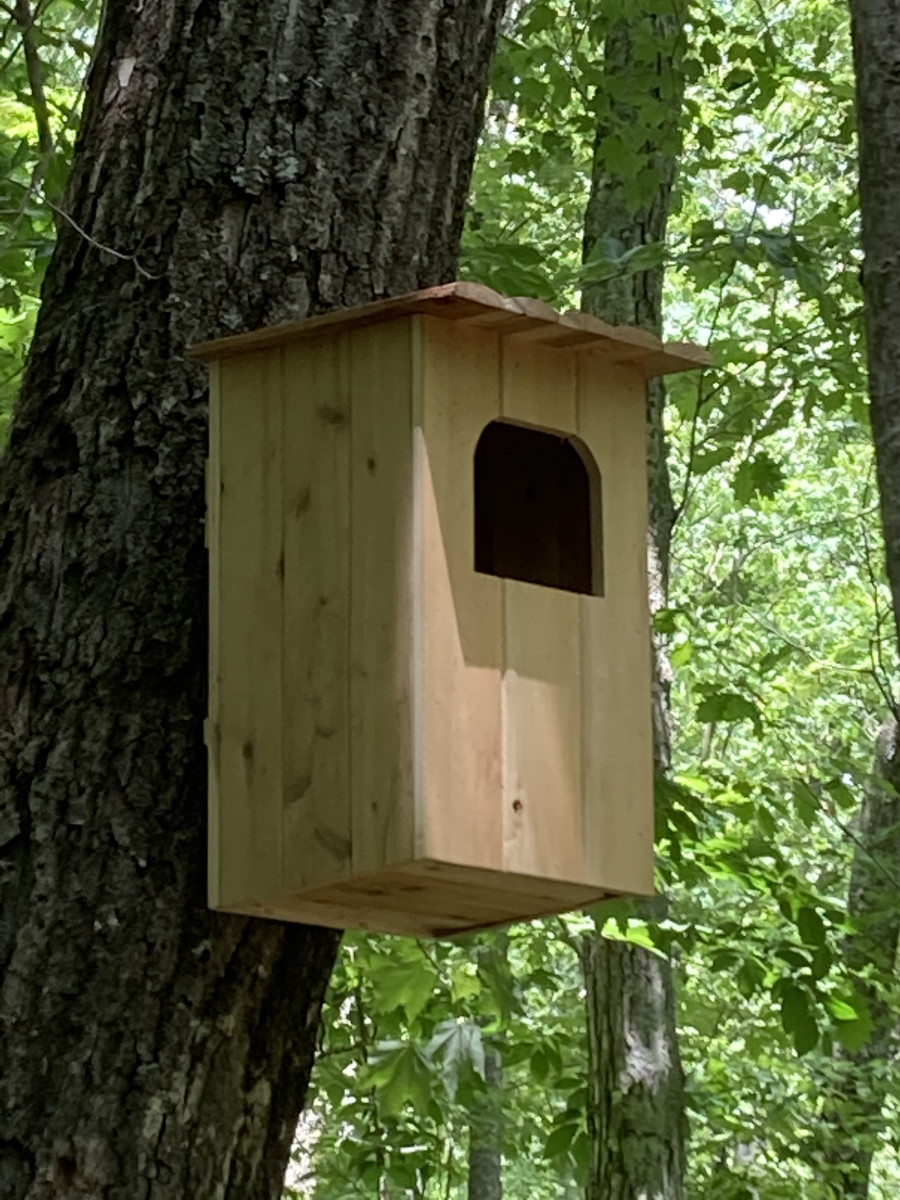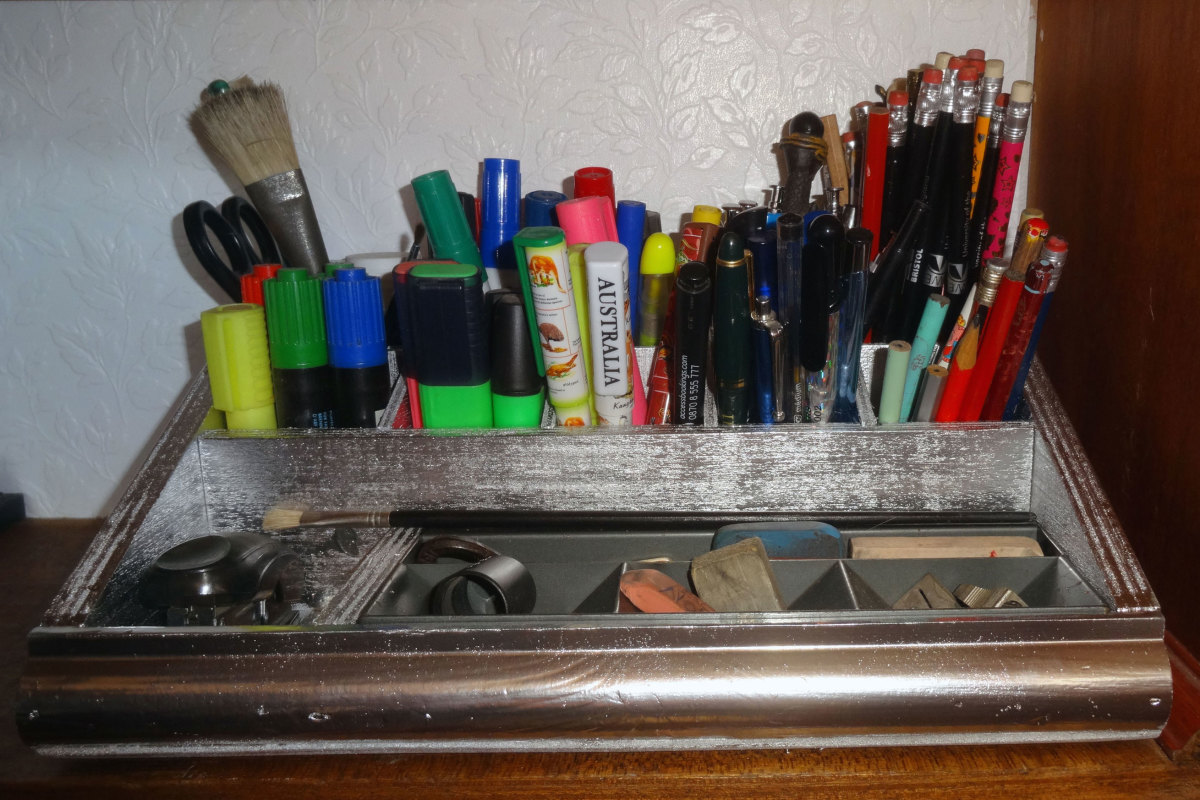Woodburning Away The Winter Months
My Collection Of Burnishing Tools
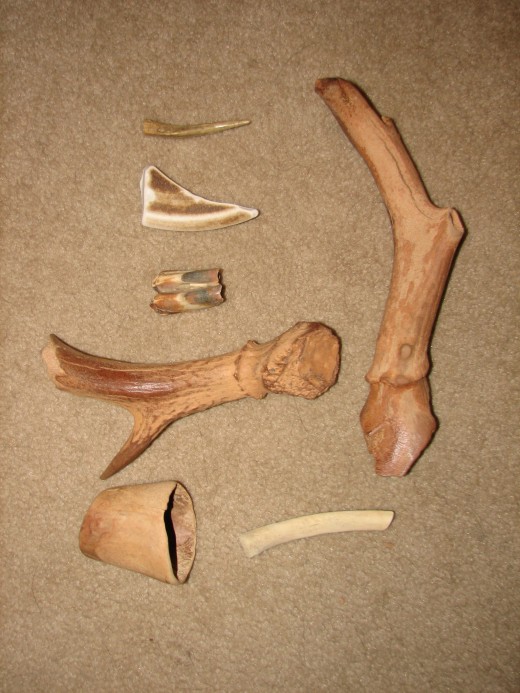
Pictured Above
- A small deer antler tip
- A piece of water weathered crock I found on the beach
- Animal teeth found in a creek in Texas, probably cattle
- Large deer antler pieces
- A couple different bones
Exploring The Art Of Woodburning
Deep in the winter months of cold and depression, from being shut in too much, I find my way to a collection of driftwood and old boards I keep on hand for times like these. The pile itself often triggers the memory of collecting one of the pieces. Thoughts of a hot summer day past, float through my mind as I touch the natural woodgrain and maybe even feel a grain of lingering sand that held fast through the journey to my studio. It is a pleasing moment and an inspiration as I begin to work this chosen wood. I settle in to ponder my project.
The first thing I like to do to my driftwood is burnish it to bring out the natural beauty of the grain. It is a process of rubbing the wood with some tool that is harder than the piece I am working. I have tried many different tools to do the process of burnishing and rejected many of them. The idea is to smooth the surface and enhance the finish. It will remove unwanted debris as well as create a polished finish. Keep in mind that this does not have to be done. There are situations where I would rather leave a piece totally natural and play on the rough texture.
When I decide to burnish a piece of wood I like using a small piece of deer antler. I have a couple of antler tips that are about 3" long and fit comfortably in the grip of my hand. I rub the grain back and forth with the antler and gently apply ever increasing pressure as I rub. This compresses the open grain and develop-es a natural lustre. It also discovers and removes soft areas that might be too rotten to woodburn successfully. This becomes a crafty process and a skill in and of itself. I have some small pieces of wood that I have burnished that will probably never become woodburnings.
I have a tendency to fall in love with a piece and decide to keep it "as is" because I do not care to put a mark on it. I think that nature created these small works of art just for my collection. I keep some of them in a basket on display in my livingroom. These always seem to find there way into the hands of my toddler sized, house guests. I enjoy watching them play with those small driftwoods and it reminds me of my own inner child who collected them. I take pride in providing alternative entertainment to children rather than watching TV or playing some high tech video game. I think that I am providing creative exploration on a basic level.
Preparing the surface to woodburn also serves to guide the outcome of my artwork. I do not decide ahead of time what it is I am going to make. I let the finished project flow from my heart and this usually produces the best works. I am practicing my profession when I work like this and this is when I learn the most about what I do. It becomes a true creative exploration and is the most rewarding. That is not to say that every piece I woodburn turns out the way I imagined it. Many pieces have found there way to the fire pit to be used as kindling or what I fondly nicknamed "FIRE FODDER". Fire fodder is my way of turning a negative outcome into a useful product. I also call it "fancy firewood".
When you start to enjoy the art of pyrography allow yourself as much freedom from rules and regulations as you can. Let your spirit flow into the work and enjoy the process. When you come to a stopping point do not be too harsh in judging your own work. What you decide is awful might be a work of beauty to the next viewer. I always leave my personal rejects on standby. I have sold more of them than I care to admit. A time might come when you do decide something you developed is no more than fire fodder. Look on the bright side and call it fancy firewood and be happy. Life is good.
Driftwood After Burnishing Process
